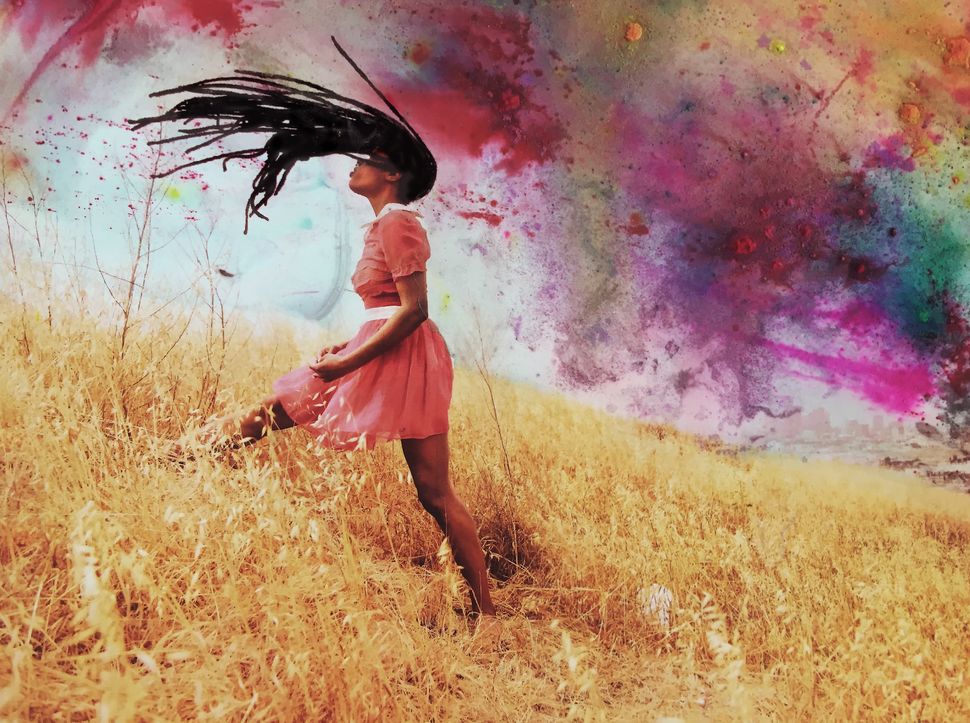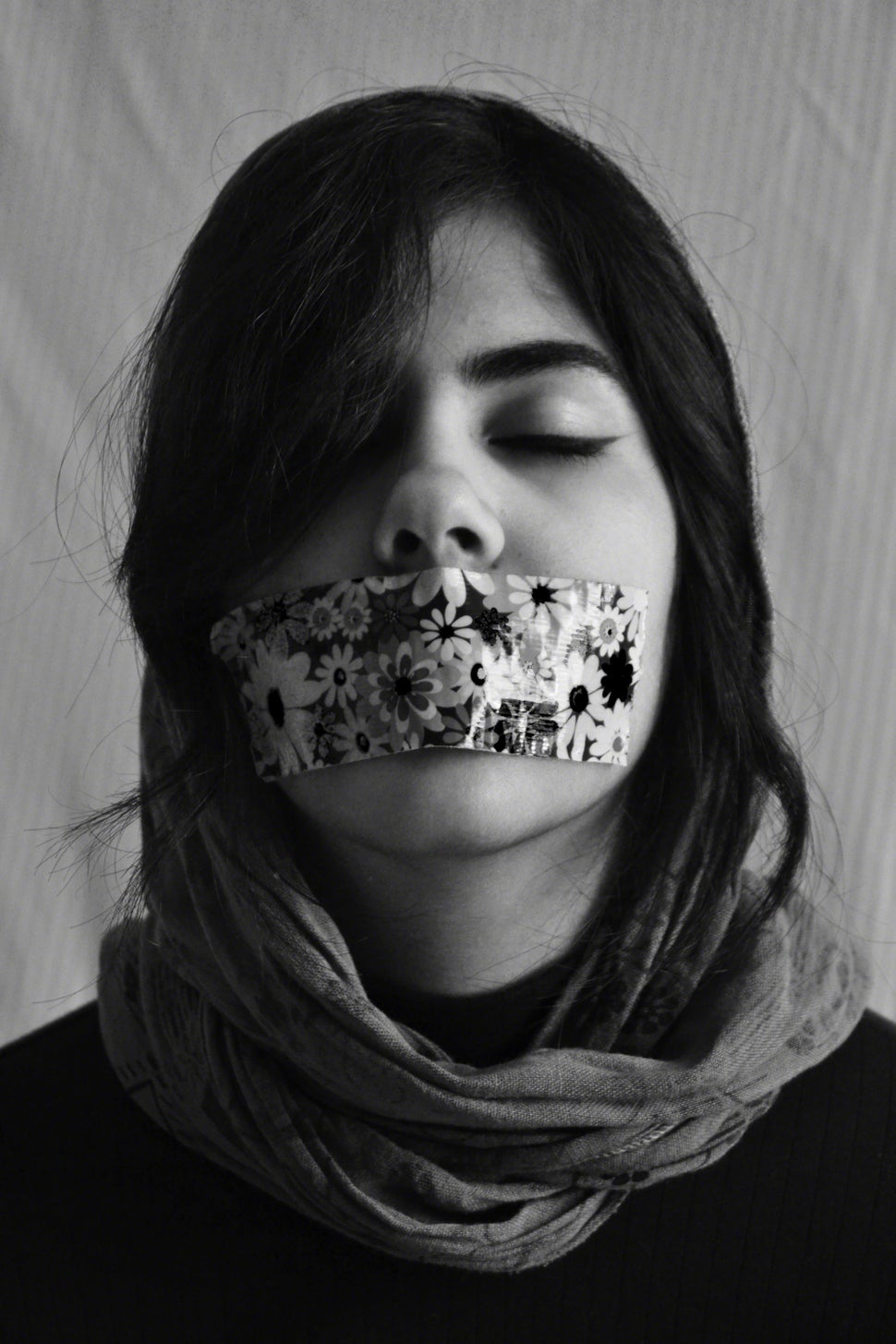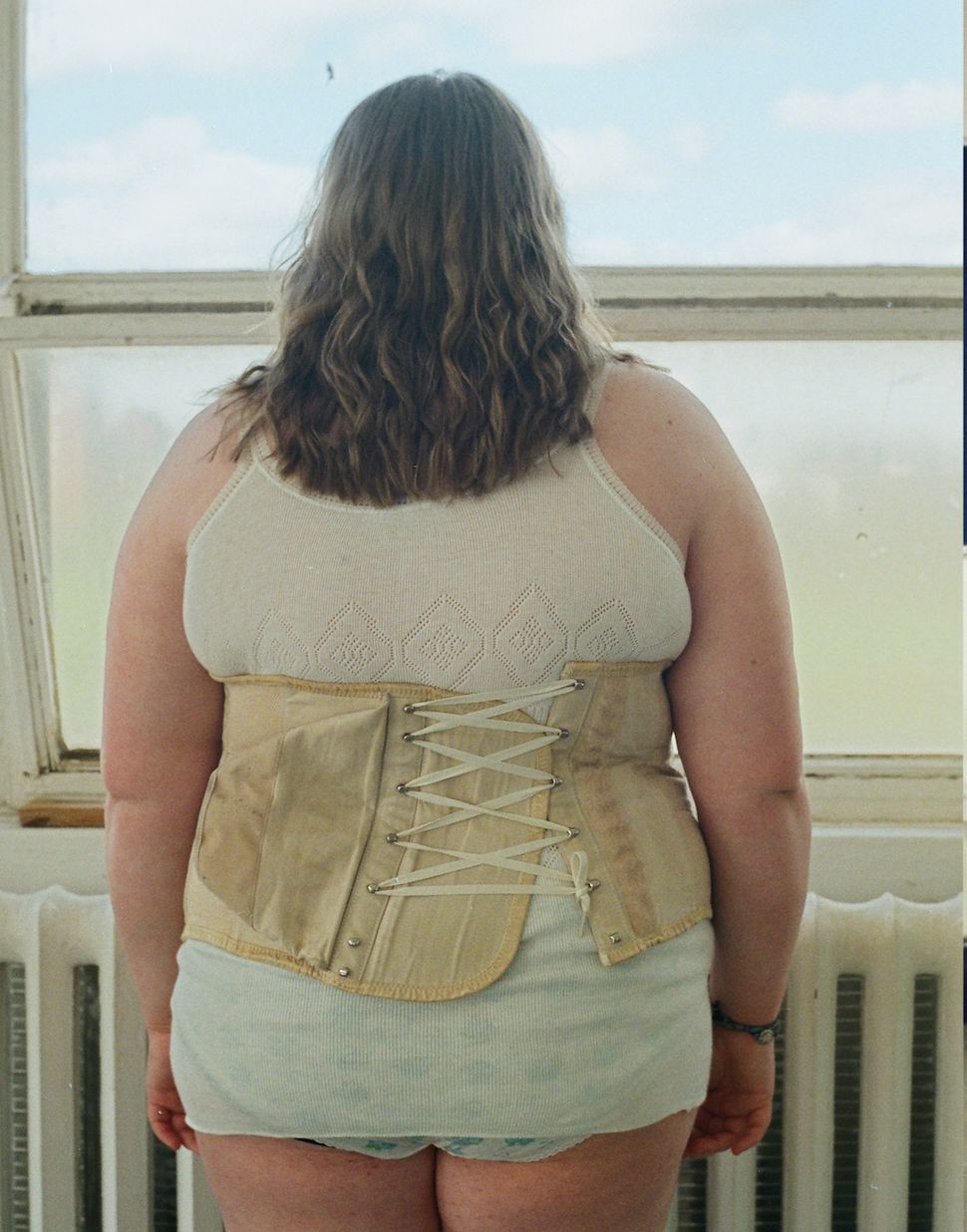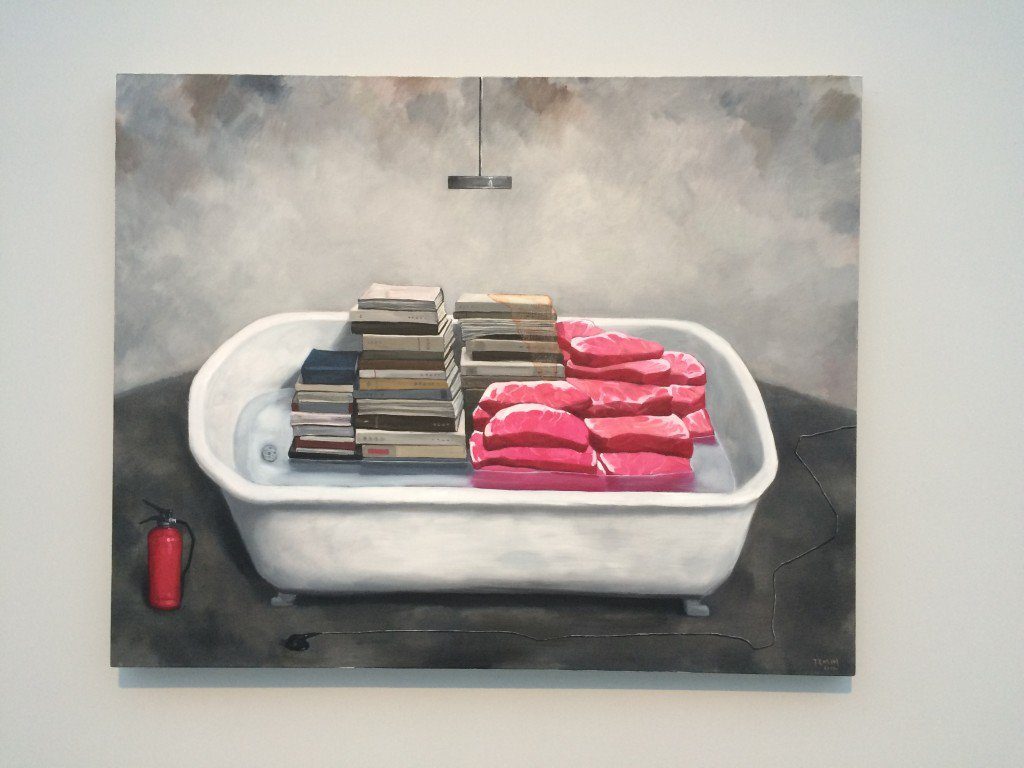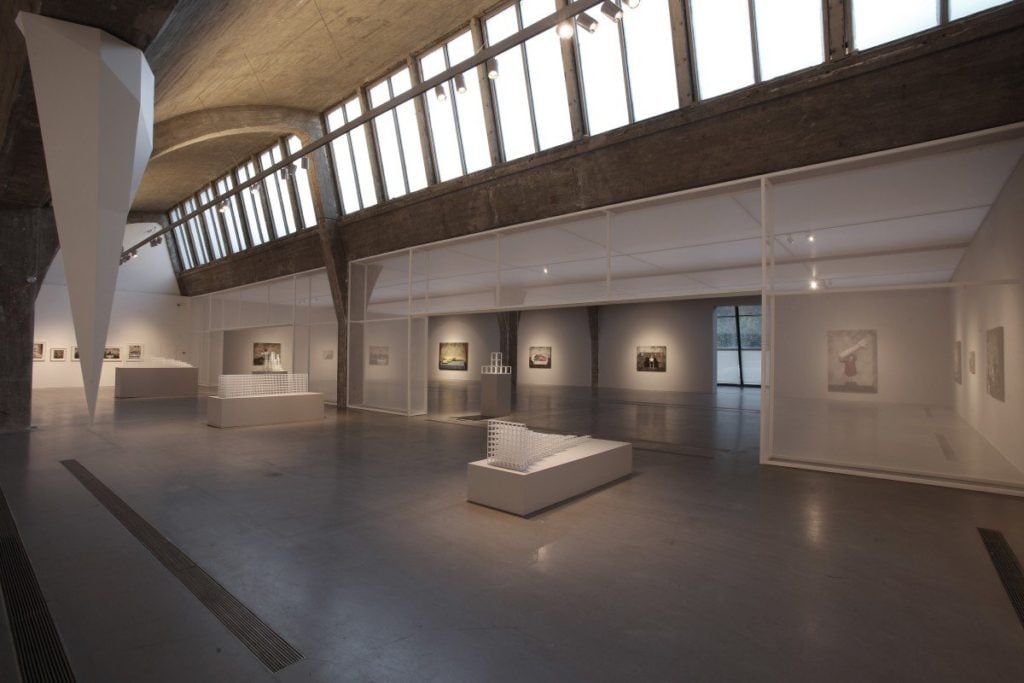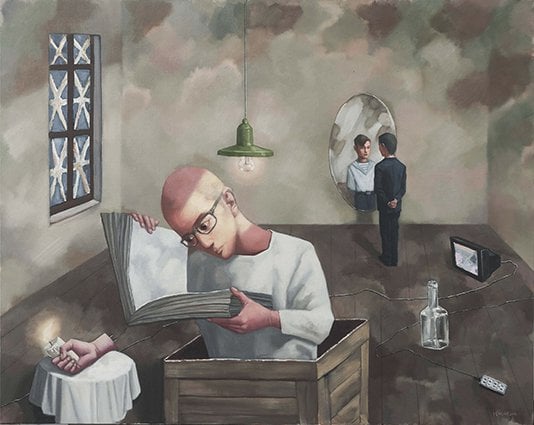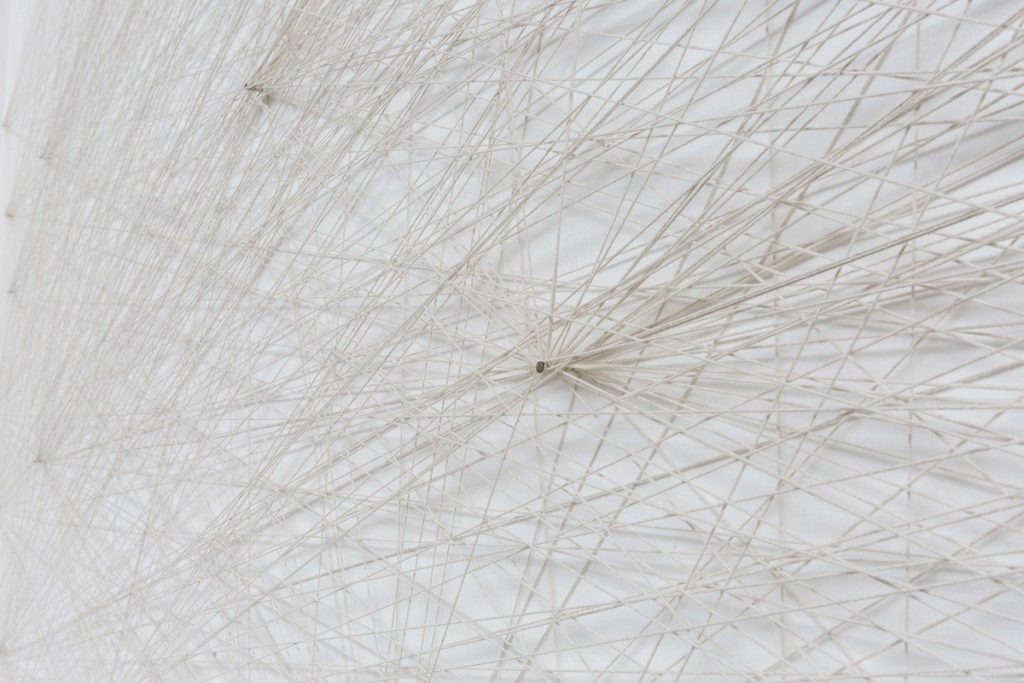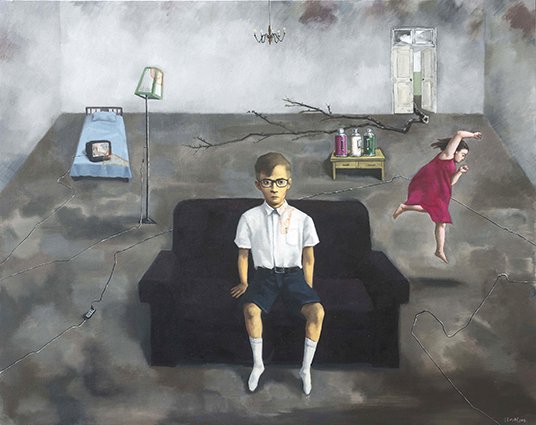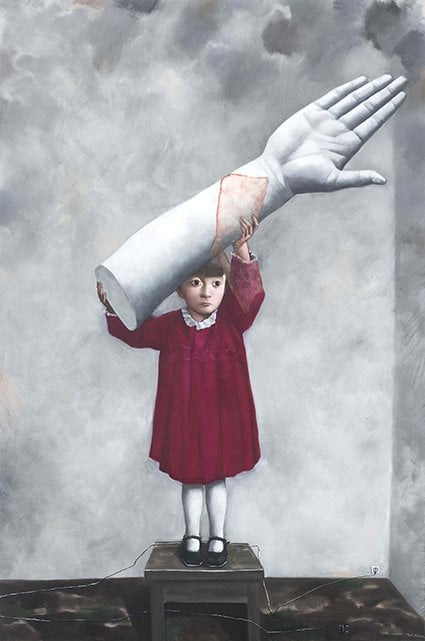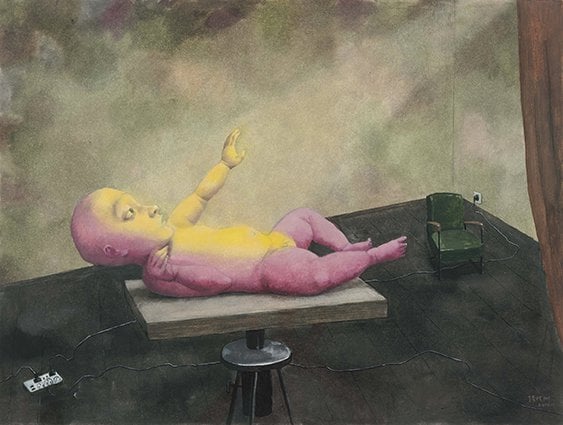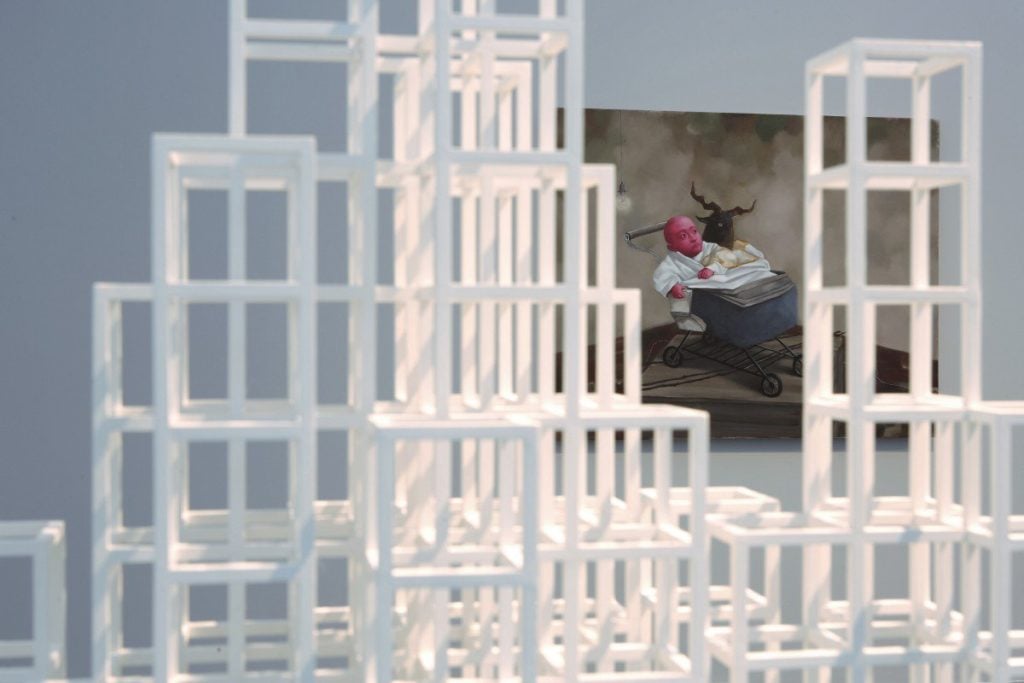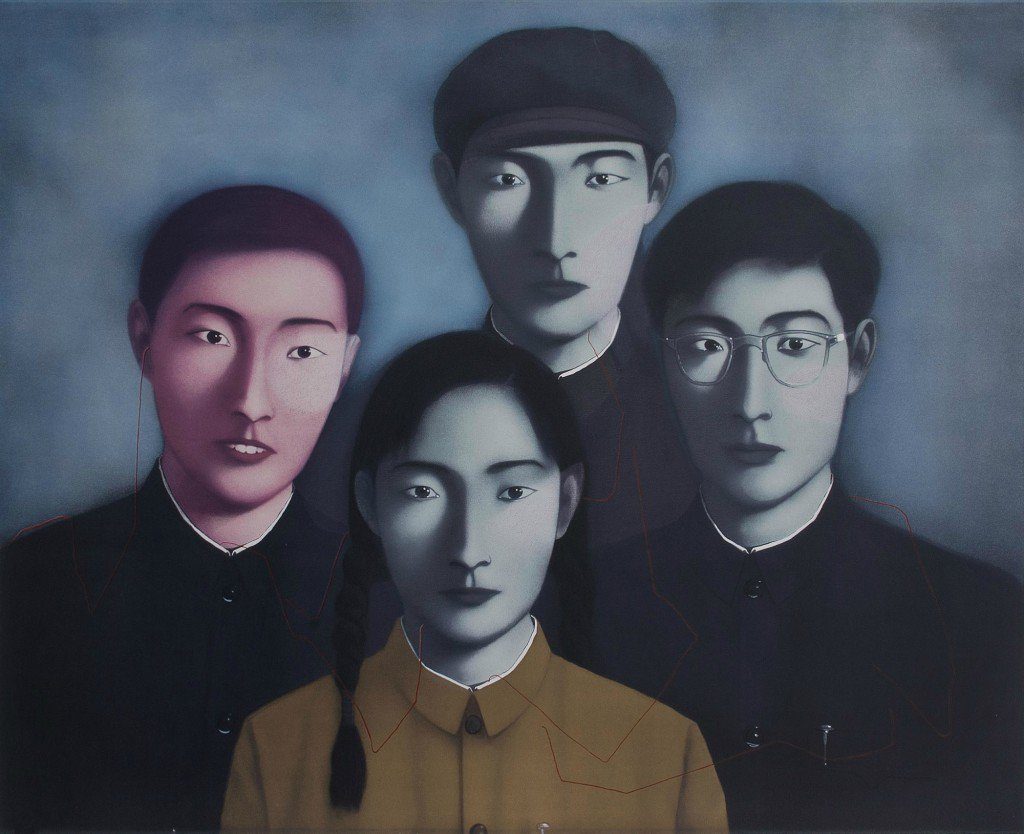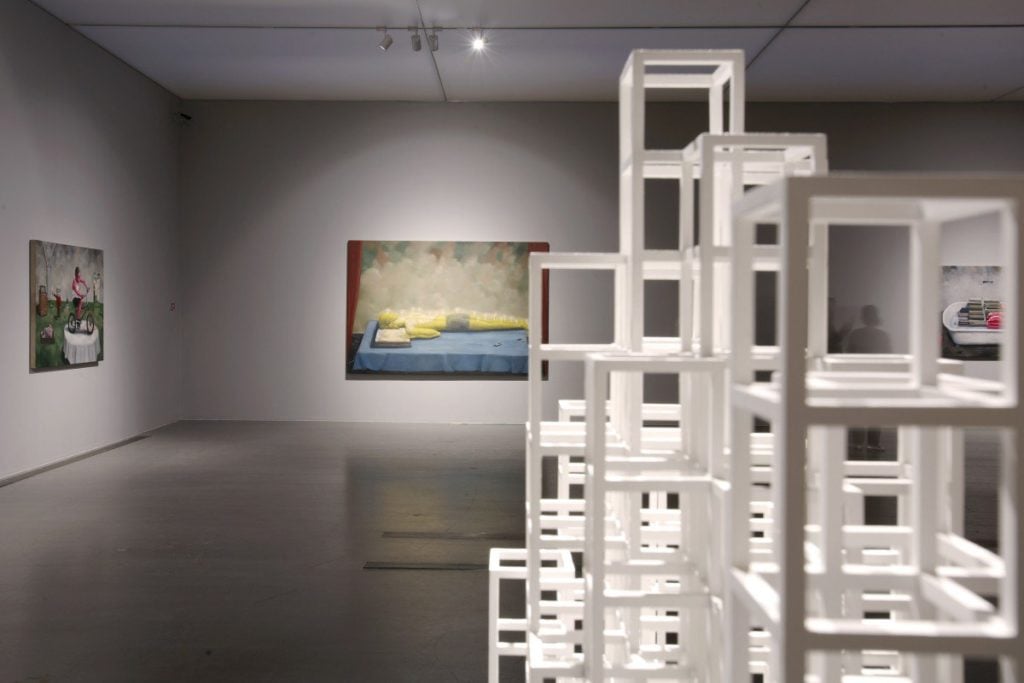Photos By Girls, Of Girls, For Girls, Show The World What It’s Like To Be A Young Woman
Welcome to the #girlgaze. 👀
Amanda Bjorn
In a black-and-white photo
that could, at first glance, be mistaken for an advertisement sans text:
a row of women lie on their stomachs, each resting their heads on a
propped-up hand. Although they’re posed similarly, the girls’
differences are on display, too. Some have thick, dark hair while others
rock frizzy blonde updos. Some have elastic hair ties wrapped around
their wrists while others don bauble-y bracelets.
The simply arranged photo could’ve easily been an image that upholds harmful ideas about women ― that the entire gender can be characterized as striving for the same rigid beauty standards, succeeding and failing in different degrees. But the women’s slightly varying poses, expressive faces and not-so-performative postures set the photo aside from the girlish imagery we’re exposed to in beauty ads and magazines.
The photo was taken by a young woman ― Ophelie Rondeau ― who helped launch a girls-only photo collective, Girls by Girls, with her friend Ashley Armitage. The duo are just two of the women rethinking how we choose to photograph the lives of women. Rondeau’s picture was submitted to, and shared by, a project similar to her own, called #girlgaze, a “curated collection of images taken by female photographers that demonstrates the power of the girl gaze.”
The simply arranged photo could’ve easily been an image that upholds harmful ideas about women ― that the entire gender can be characterized as striving for the same rigid beauty standards, succeeding and failing in different degrees. But the women’s slightly varying poses, expressive faces and not-so-performative postures set the photo aside from the girlish imagery we’re exposed to in beauty ads and magazines.
The photo was taken by a young woman ― Ophelie Rondeau ― who helped launch a girls-only photo collective, Girls by Girls, with her friend Ashley Armitage. The duo are just two of the women rethinking how we choose to photograph the lives of women. Rondeau’s picture was submitted to, and shared by, a project similar to her own, called #girlgaze, a “curated collection of images taken by female photographers that demonstrates the power of the girl gaze.”
China Leona
Begun by a coalition of
women CEOs, artists, photographers and models, #girlgaze started out as
an Instagram hashtag through which budding female artists could help
proliferate their work. The descriptor could be used liberally; so long
as a woman was in front of or behind the camera and the work didn’t
adhere to the established aesthetic of the male gaze, a submitted image
was eligible for sharing.
Now, select photos from the curated series can be found at an exhibit at the Annenberg Space for Photography in Los Angeles through Feb. 26. A description of the series on the gallery’s site reads: “Largely sourced through social media, the curated images’ raw vitality is their only constant ― female, WOC, and trans-identifying perspectives are presented on everything from identity and standards of beauty to relationships, mental health and creativity.”
Select photos from the series depict women expressing themselves on their own terms, rather than for the sake of adhering to patriarchal beauty standards. In a self-portrait taken by Amaal Said, the artist wears two nose rings and a purple headscarf to match her purple eyeliner, brow liner and lipstick. In a more journalistic interpretation of the #girlgaze prompt, Dominique Booker shared an image of a young black girl wearing a wizened, exasperated expression while holding up a sign that bluntly reads, “Stop killing us.” And, in a photo by Emma Craft, three young women run through a field, displaying action rather than the rigid, appealing poses typically reserved for women subjects.
The project’s greatest strength might be its variety; the female gaze, it seems to say, is a sweeping one, not a single, quiet perspective that’s easily quelled.
Now, select photos from the curated series can be found at an exhibit at the Annenberg Space for Photography in Los Angeles through Feb. 26. A description of the series on the gallery’s site reads: “Largely sourced through social media, the curated images’ raw vitality is their only constant ― female, WOC, and trans-identifying perspectives are presented on everything from identity and standards of beauty to relationships, mental health and creativity.”
Select photos from the series depict women expressing themselves on their own terms, rather than for the sake of adhering to patriarchal beauty standards. In a self-portrait taken by Amaal Said, the artist wears two nose rings and a purple headscarf to match her purple eyeliner, brow liner and lipstick. In a more journalistic interpretation of the #girlgaze prompt, Dominique Booker shared an image of a young black girl wearing a wizened, exasperated expression while holding up a sign that bluntly reads, “Stop killing us.” And, in a photo by Emma Craft, three young women run through a field, displaying action rather than the rigid, appealing poses typically reserved for women subjects.
The project’s greatest strength might be its variety; the female gaze, it seems to say, is a sweeping one, not a single, quiet perspective that’s easily quelled.

